Top 7 Strategies to Optimize Your Online Store for Organic Search

What do a pair of running shoes, an electric toothbrush, and a gift basket have in common?
They’re all products that I needed last week that I ended up searching for on Google.
Like most people, my first stop is Google when I need to buy something online.
And like most shoppers, I don’t have the time or patience to look past the first one or two pages of the search results.
If you aren’t showing up in potential buyers’ search results, they won’t even know that you exist — let alone that they’re visiting your online store.
To get in front of more shoppers, you need to optimize your e-commerce website so that it ranks highly in search engine results. This will help you drive more organic traffic to your site.
That brings us to SEO — three letters that make many people’s heads spin.
The good news is, as search engine algorithms evolve, SEO is moving from a practice that’s dissociated from how people actually interact with content to prioritizing usability, trust, and relevance.
Here’s how you can score SEO points and get in front of the right customers through organic search:
1. Keyword optimization
If you want customers to find your store through organic search, you need to have the right keywords on your pages so you can rank highly in the search engine results pages (SERPs).
Conduct keyword research
The first step is to identify the keywords you want to rank for on your homepage, product pages, and blog posts.
When you select keywords, consider relevancy, search volume, and ranking difficulty.
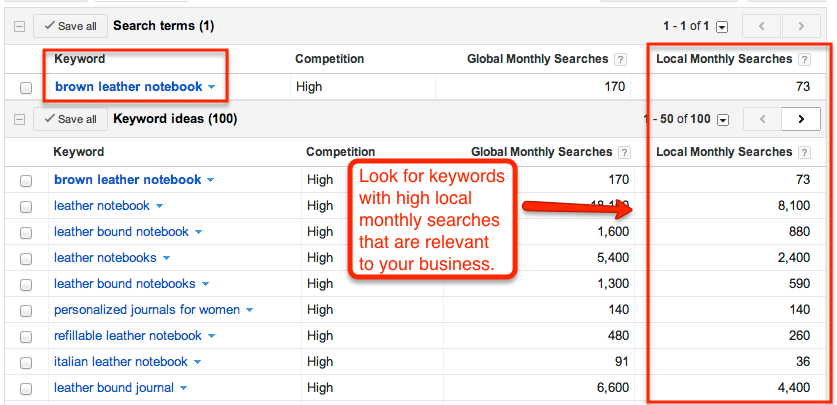
To start, you should have a good understanding of your buyer’s persona to see what their interests or questions are in relation to your products.
You can search niche forums to see what your potential buyers are talking about and how they talk about it.
In addition, Reddit and Quora are good places to research trending discussions and questions in topics related to your products.
The next step is to identify the exact keywords your ideal customers may use in their searches.
You should look for a mix of “body” and “long-tail” keywords to rank for:

Body keywords are 2- or 3-word phrases that get decent search volume. They are more specific than single-word keywords, which are insanely competitive, too broad, and don’t convert well.
Long-tail keywords are long phrases (4+ words) that are usually quite specific.
Each of these long-tail keywords doesn’t get a high search volume, but when added together, they make up the majority of online searches.
If you enter a body keyword into Google and scroll to the bottom of the search results, you’ll see a list of “related searches” for that keyword.
This is a great place to get ideas for long-tail keywords:
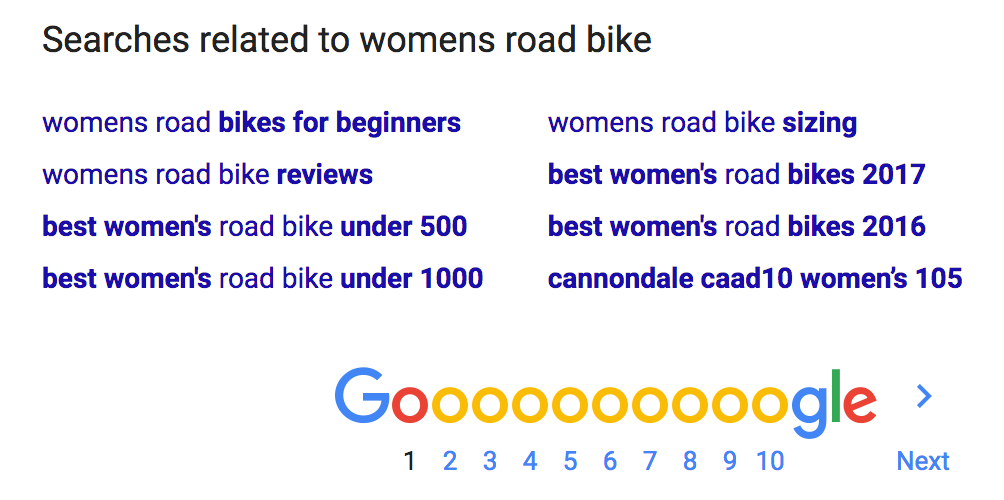
After you’ve identified an initial set of keywords, you can validate and refine your list using Google Keyword Planner.
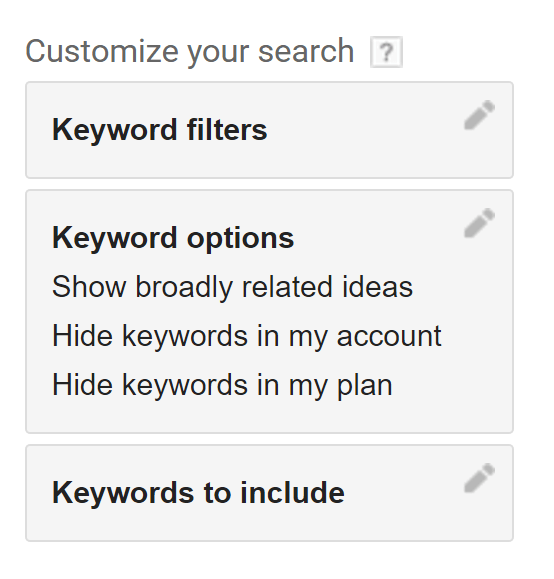
Google Keyword Planner allows you to see keyword options, get search volume and trends, use multiple keyword lists to generate new keyword ideas, and determine the commercial intent of your keywords.
Spy on your competitors
If you want to outrank your competitors in search results, you have to know the keywords they are ranking for.
You can look up your competitors’ Page Authority (PA) and Domain Authority (DA). If they’re significantly higher than yours, it means competing against them with the same keywords will be tough.
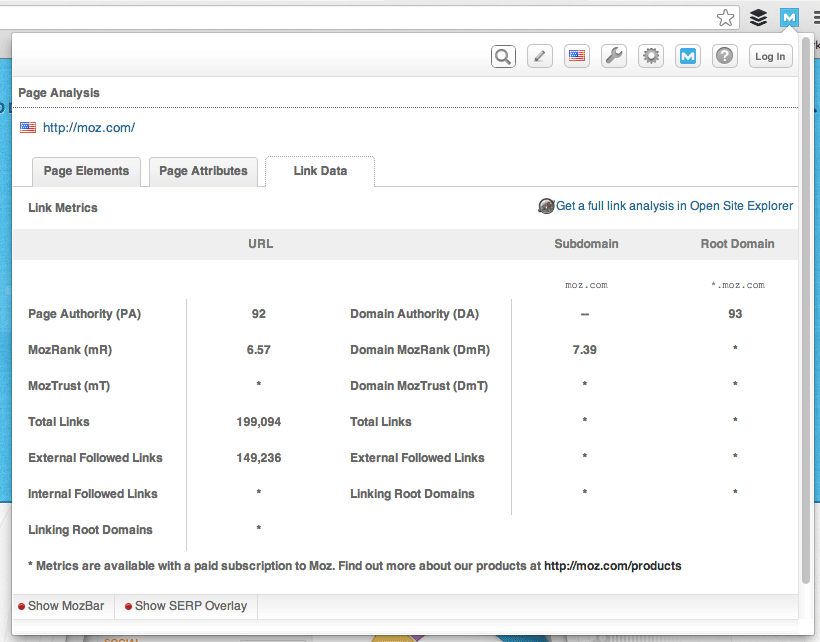
In that case, go for an easier win by looking for other keywords you can rank highly for.
Determine a keyword for each page
After you’ve identified the keywords to rank for, the next step is to assign them to each of your website pages.Most online stores carry a large number of products, so you’re probably dealing with many product pages.
It’s important to avoid having multiple pages on your site ranking for the same keywords because they’ll cannibalize each other in the SERPs.
To get organized, list all your pages and keywords to make sure they don’t compete with each other.

2. On-page SEO
On-page SEO helps you get targeted and relevant traffic to ensure that visitors who come to your online store through search results are high-quality prospects.Here are some critical components for on-page SEO:
Keywords
You’ve done your homework and found the keywords you want to rank for, but now what?
To improve your site’s SEO, you have to strategically incorporate these keywords in various locations:
- Page title
- Headers
- Subheaders
- Paragraphs (especially the first few)
- Product description
- Image file names
- Image alt tags
- Meta title and description
- URLs
Many people overlook page URLs, meta titles, and meta descriptions because they aren’t “visible” on a page.
However, search engines refer to them to determine relevancy and ranking.
They also show up in the SERPs, and shoppers will use this information to decide if they want to click through to your page:

Site architecture
A well-designed site architecture helps organize your pages for improved usability, ranking, and conversion.
It’ll also help Google understand your site, especially if you have many product pages.
In most cases, a “flat architecture” delivers better usability because it takes fewer clicks to go from the homepage to a product page.
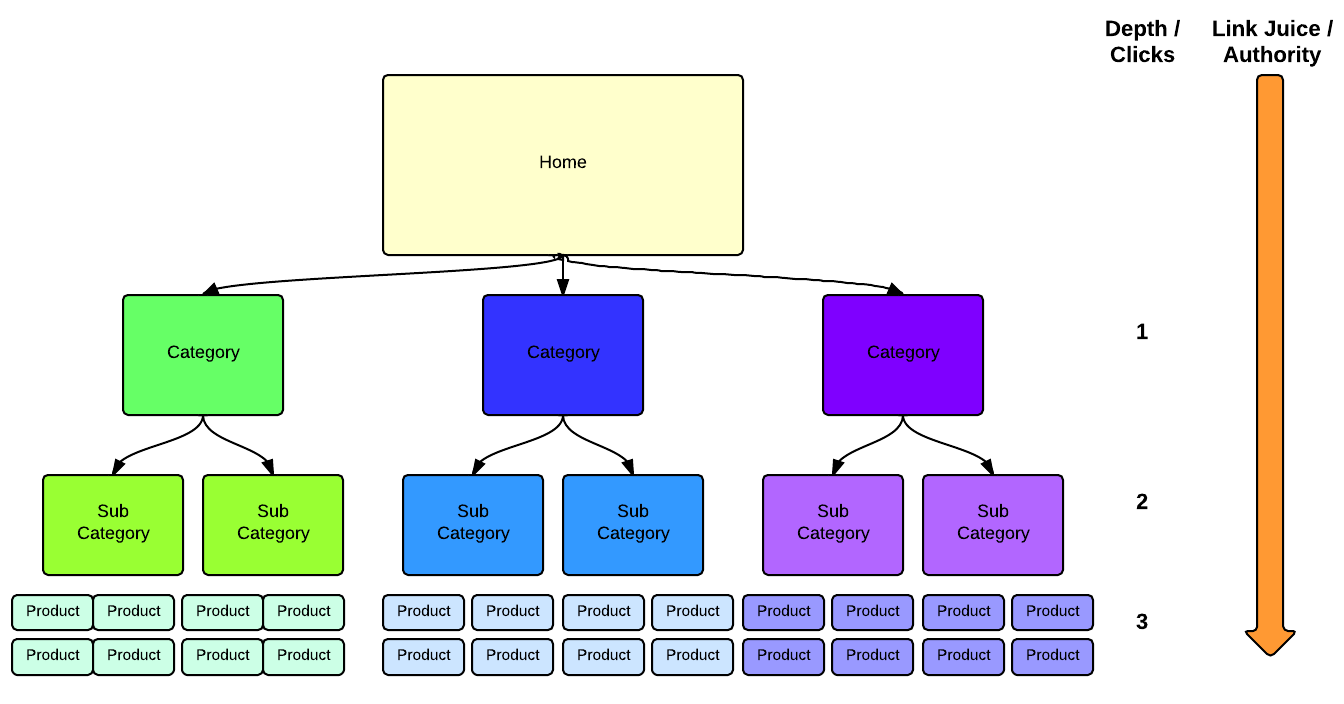
It maximizes the amount of “authority” that passes from your homepage to your product page via internal links.
Remember to submit a sitemap to Google to ensure that all the pages are crawled and indexed.
Internal links
The right internal linking strategy improves SEO by showing Google the hierarchy and the most important pages on your website.
By using a variety of anchor text choices, you can improve ranking for your top keywords:
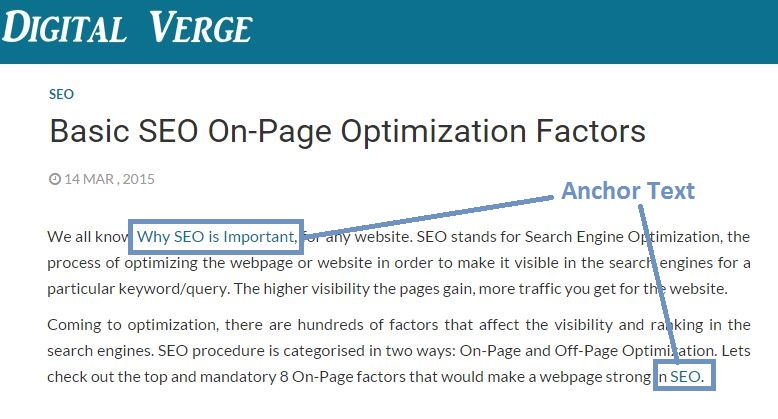
Not only can you create internal links for related items to upsell and cross-sell on product pages, but you can also add them to your blog posts.
However, make sure you’re not overstuffing your pages with internal links as it’ll make Google suspicious of your website.
Usability and engagement
Google uses “dwell time” as a ranking signal because, the longer visitors stay on your site, the more likely that your content is relevant.
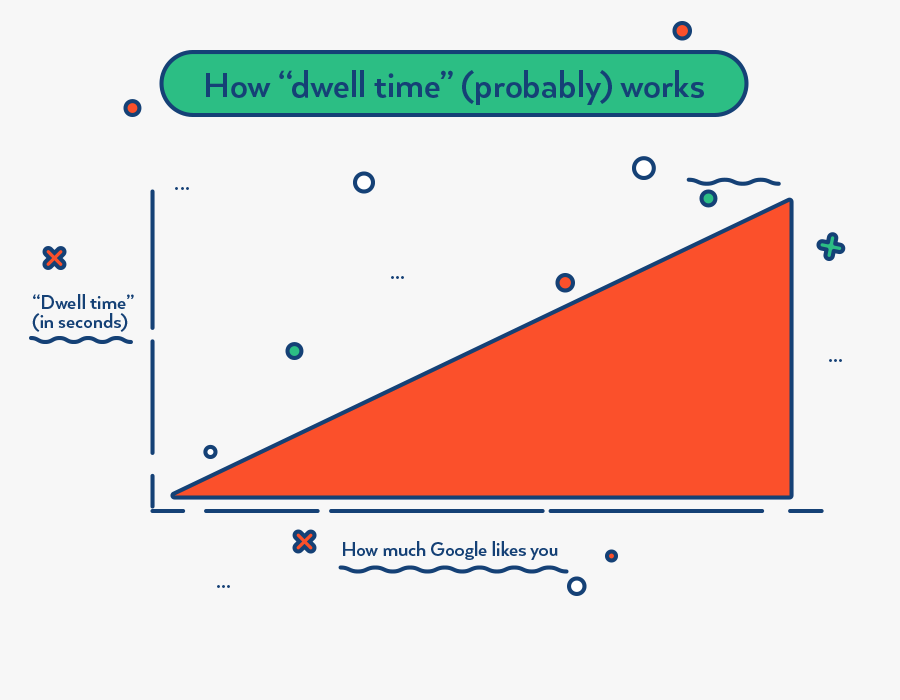
By improving your website’s usability, your visitors are able to find what they want, and they’ll stay longer on your site to engage with your content.
Besides a robust search function and a streamlined checkout, you can improve usability and increase dwell time with several features.
Consider incorporating things like live chat or engaging content such as unique and well-written product descriptions, customer reviews, 360-degree product views, or product videos.
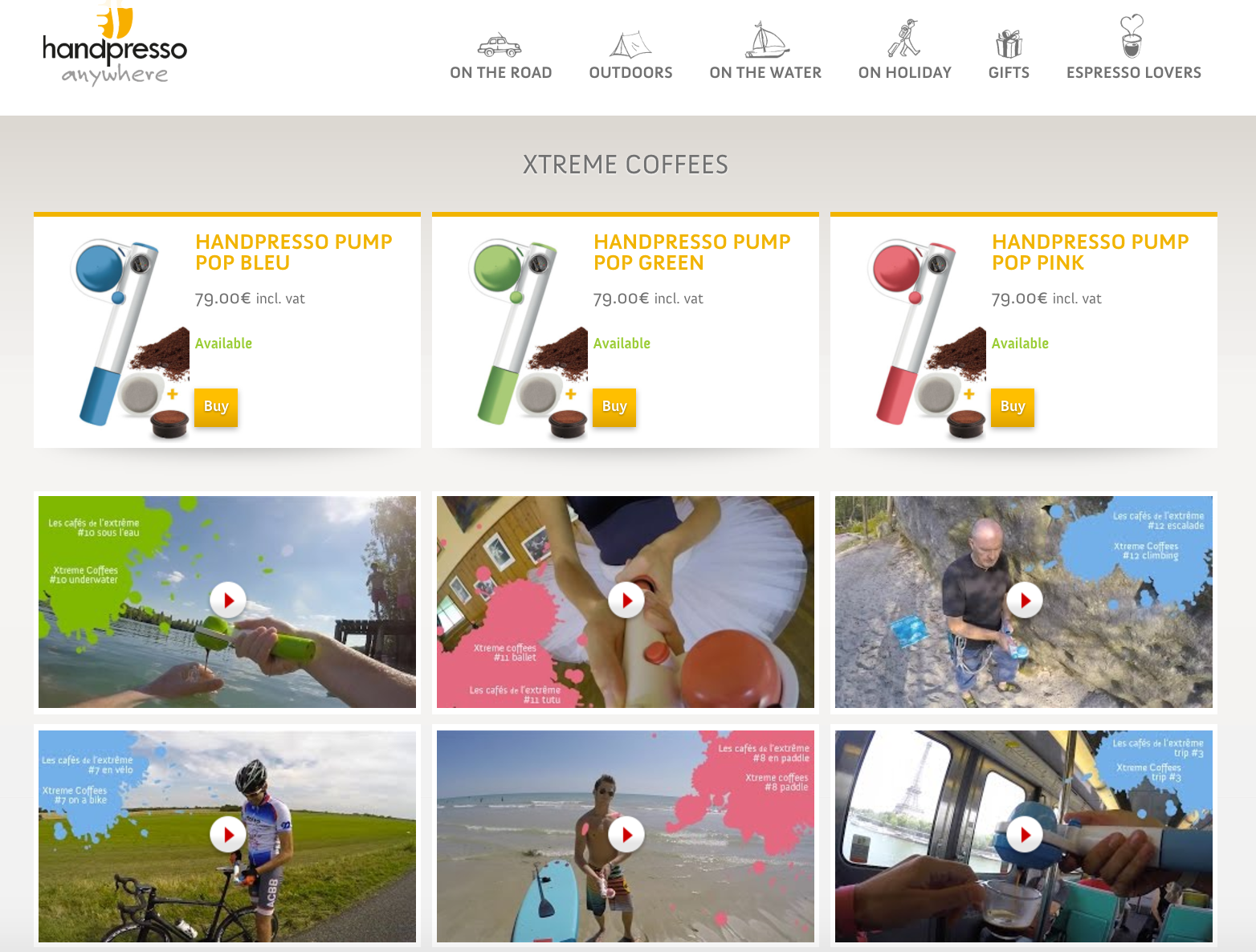
Social media integration
A recent study has found that a strong presence on social networks is correlated with better search engine rankings.
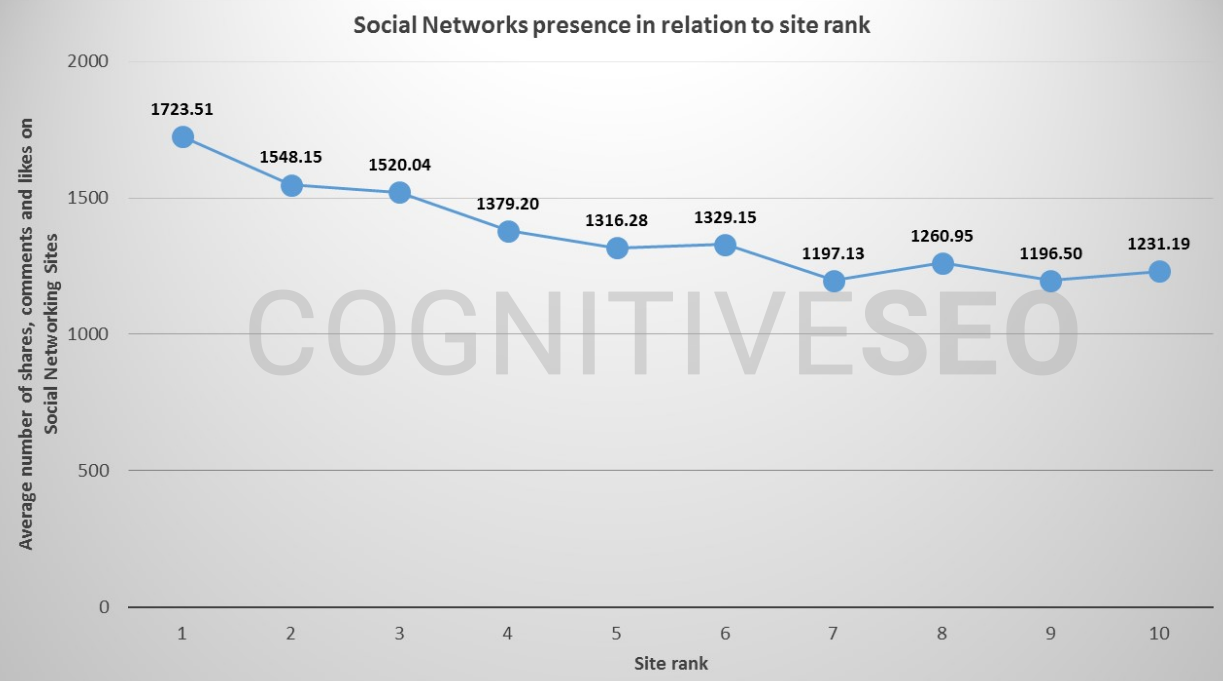
A strong social presence will not only build brand awareness, but it will also increase inbound links and attract more repeating visitors who are likely to spend more time on your site.
Besides sharing your links on social media, make it easy for your fans and followers to do so by adding social-share buttons to all your product pages, blog posts, and homepage.
3. Mobile optimization
In 2016, mobile surpassed desktop as the most-used device to access websites:
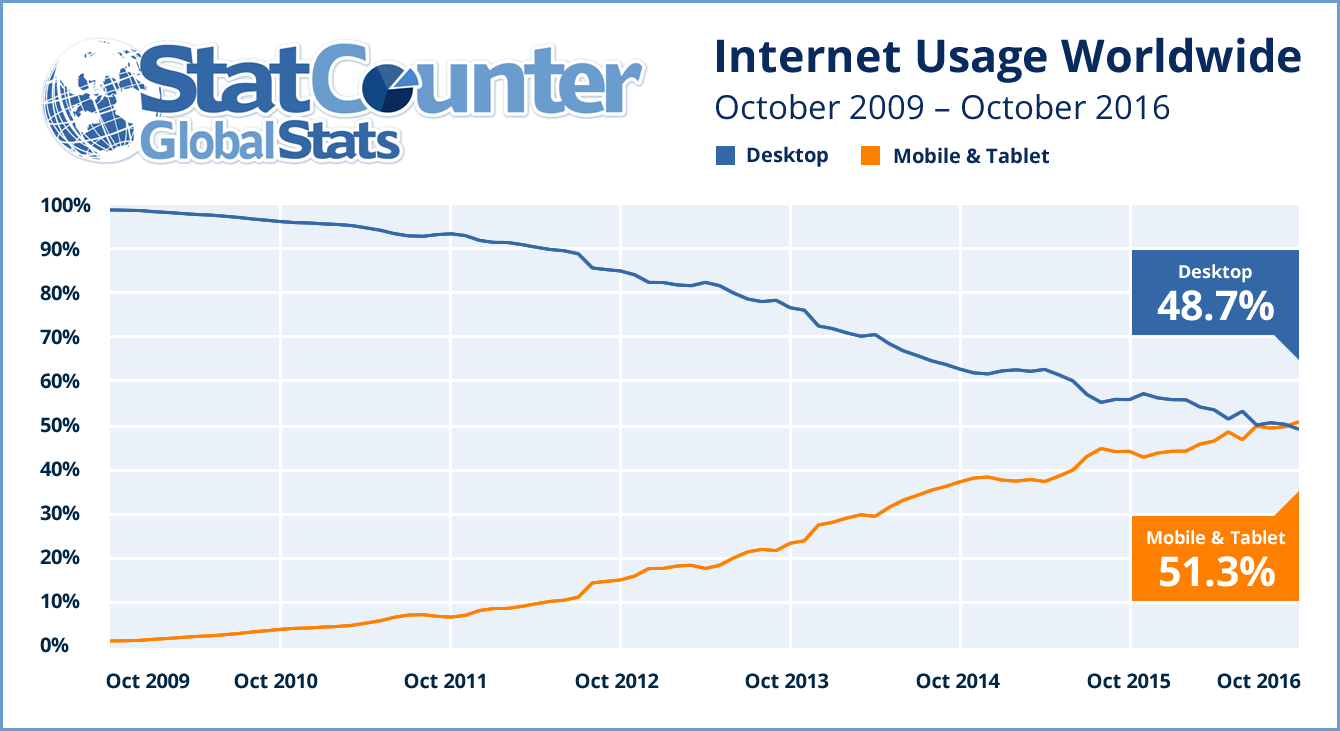
Google’s algorithm now gives higher ranking to mobile-friendly websites.
If your online store isn’t optimized for a fast and seamless mobile user experience, not only will you be penalized by Google but you’ll also lose out on other factors that could boost SEO, such as long dwell times or low bounce rates.
Optimizing an e-commerce site for mobile is no longer just a matter of squeezing all the content into a smaller screen. Here are a few things you need to know:Page speed
Over half of mobile users will leave a website if it takes more than three seconds to load and 74% will leave a site after waiting for 5 seconds.
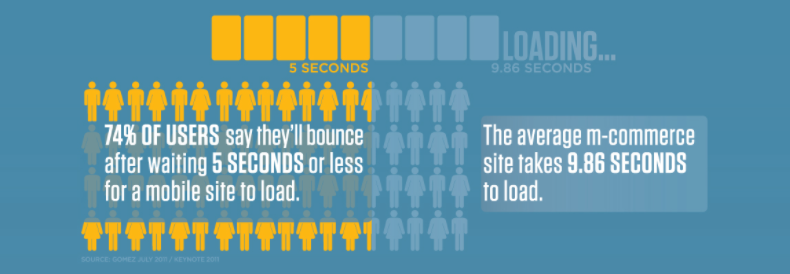
If your pages load slowly, your visitors are less likely to stick around, and that will impact your search engine ranking.
To improve page speed, you should minify code, leverage browser caching, optimize images, and reduce redirects.
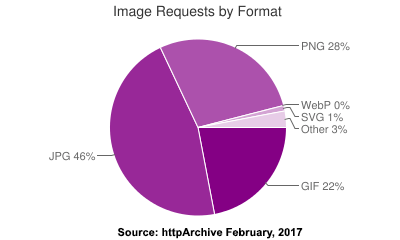
Site design
Follow these design best practices to make your mobile site SEO-friendly.
Google’s recent algorithm penalizes intrusive interstitials that affect usability on mobile devices.
It’s therefore important to understand what kind of popup, overlay, or modal you can safely use on your site:
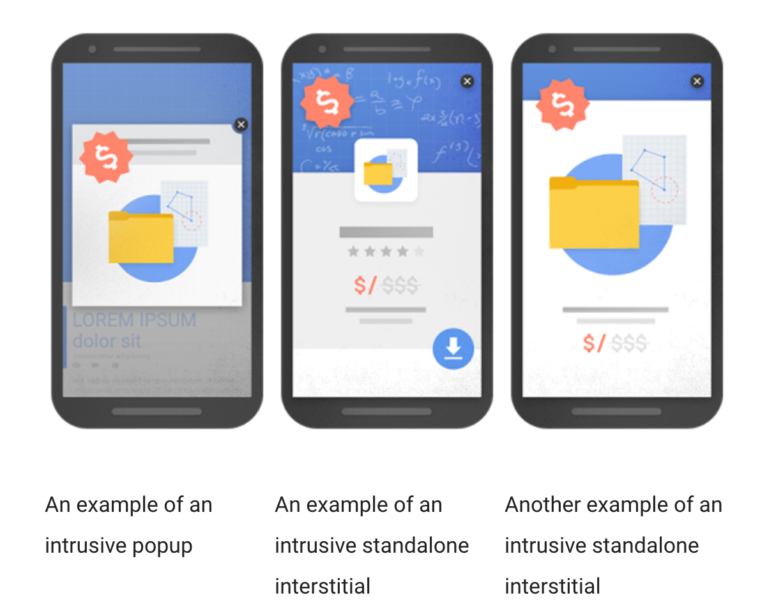
Don’t use Flash, which is not available for mobile devices. Instead, use HTML5 for special effects.
Design for large fingers to make it easy for users to click on the right links or fill out forms.
4. Current site improvements
You don’t have to change everything on your e-commerce website to get better SEO.
You can pluck some low-hanging fruit by fixing some current issues on your site:
Page Load Speed
Both Google and Bing use page-loading speed as one of the criteria for their rankings.
In addition, users are more likely to leave your site if they have to wait an extra few seconds for your pages to load.
This will reduce dwell time, increase bounce rate, and reduce the number of pages viewed — all of which are factors that will hurt your search engine ranking.
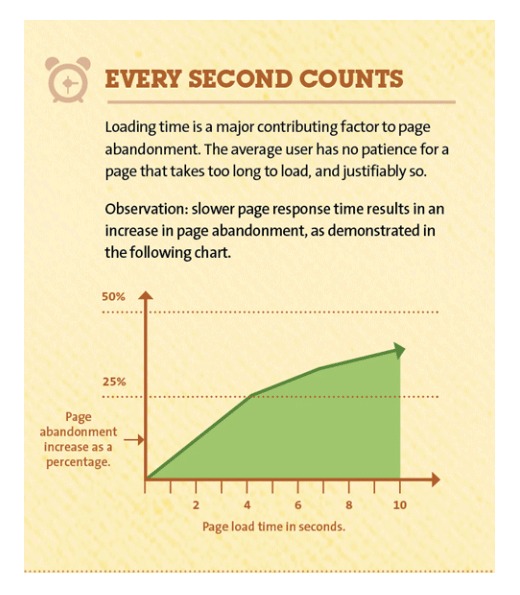
You can increase your page load speed by:
- Streamlining elements and minimizing HTTP requests
- Reducing server response time
- Enabling compression and browser caching
- Minimizing resources
- Optimizing images, especially for pages with many product photos
- Prioritizing above-the-fold content for loading
- Reducing the number of plug-ins and redirects
Site Errors
Broken links not only result in a poor user experience, but they also hurt your ranking because search engines consider them a sign of an old and neglected site.
To minimize the chances that your visitors will run into a 404 error and leave your online store, you need to check all your links periodically.
Besides 404, there are other site errors that can impact your SEO:
500 internal server error codes and 403 forbidden response codes indicate that search engines can’t crawl that page.
If these errors persist, Google is likely to de-index the page entirely.
Thankfully, you don’t have to comb through every single page on your site manually to find broken links or error codes.
There are many tools and apps, such as Screaming Frog SEO Spider, to help ensure that all your links are current.
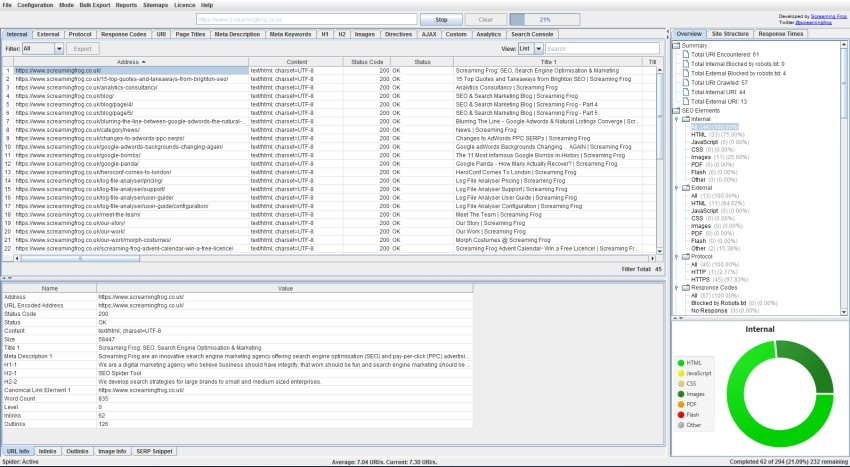
Layout and formatting
Google uses the time visitors spend on your website to gauge the relevance of your content.
Proper formatting and user-friendly design make your content easy to digest so visitors will be more likely to stick around.
Here are some ways to format your content to improve usability:
- Use easy-to-read font sizes and typefaces.
- Use bold type and colors sparingly and strategically to highlight important information.
- Use short paragraphs and ample spacing between paragraphs.
- Use bulleted or numbered lists.
- Use features such as sliders, tabs, progressive layouts, structured grids, modal windows, rollover elements, accordions, or drop-down-menus to organize content.
Homepage duplication issue
You could be running multiple versions of your homepage at the same time without realizing it. Google will consider them duplicate content and your ranking will be impacted.
Here’s how to find out if you have this issue:
If you type “http://www.yourdomainname.com” and “http://yourdomainname.com” into a browser’s URL bar, but neither one gets “redirected” to a single URL, you essentially have two pages with the same content.
You may even have other versions as well, such as “http://yourdomainname.com/index.php” or “http://yourdomainname.com/index.html.”
Thankfully, there’s an easy fix for this: Use 301 redirects to point all of the possible variations to a single homepage URL.
You can do so with Google Webmaster tool by going to the “preferred domain” section:
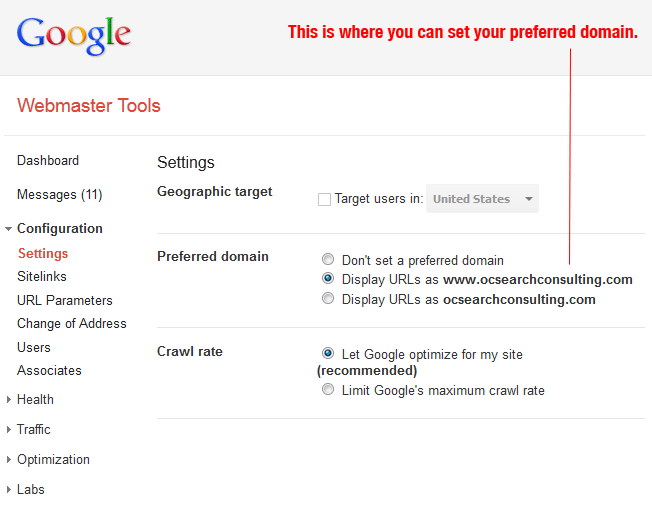
Local business information
If you have a brick-and-mortar store, you need to make sure that your name, address, and phone number (NAP) for all locations are showing on your website.
Google blends local and organic search rankings, so by including location-specific information, you’ll have a better chance of ranking highly in searches for local businesses.
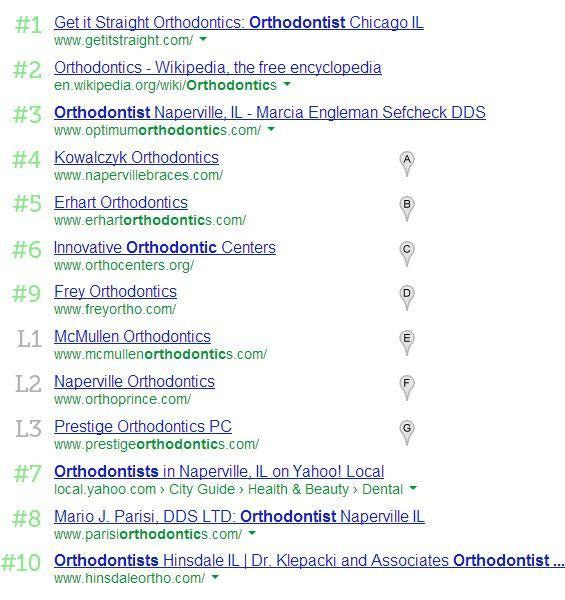
Use the same NAP formatting across your entire website, include location-based keywords in your content (don’t forget meta descriptions), and submit your information to as many local business directories as possible.
5. Blog content
Google likes fresh content because it’s an indicator that your website is active and relevant.
Publishing blog posts frequently helps you stay on search engines’ radars. It gives your customers more ways to find you and more reasons to return to your site.
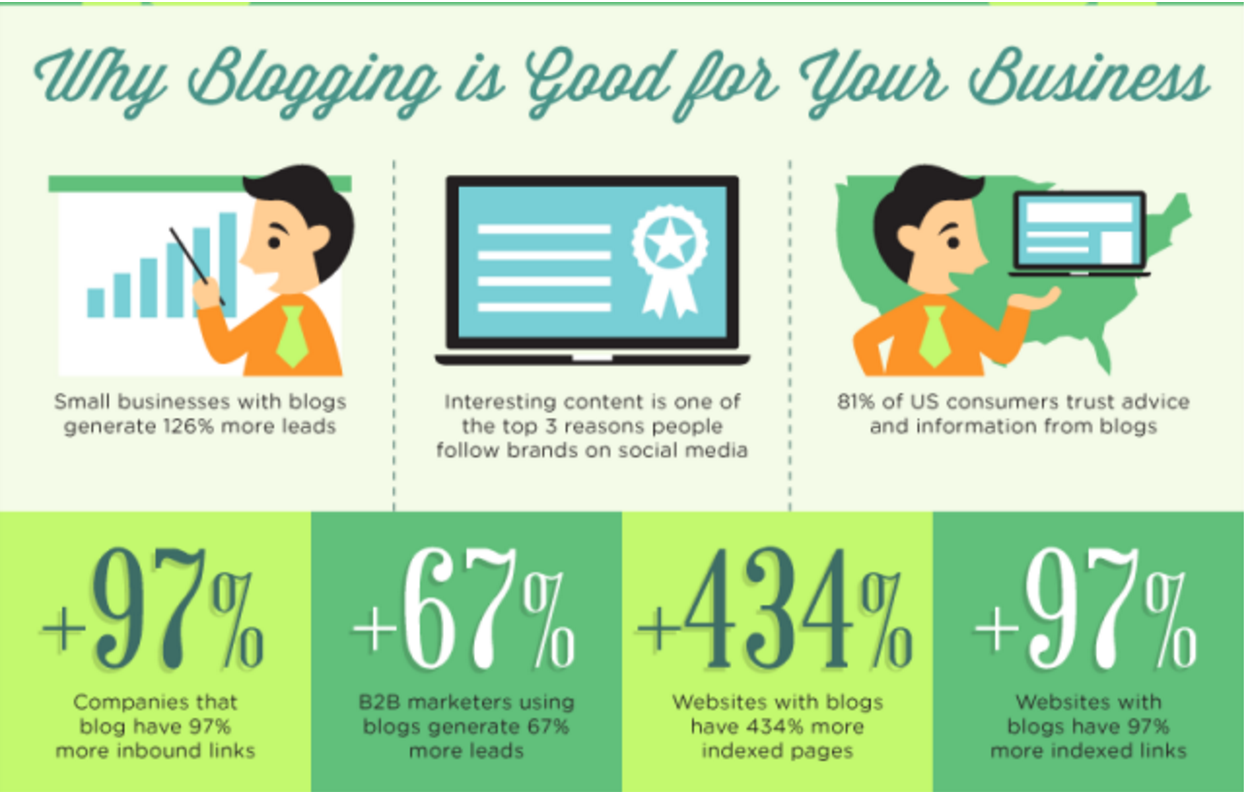
When your articles are useful to your visitors, they’ll spend more time on your site. This signals to search engines that your content is relevant.
Blogging is also a great strategy for capturing search traffic with long-tail keywords, which account to 70% of all online searches.
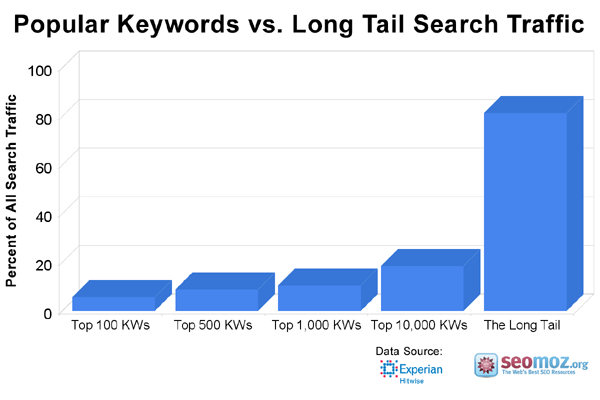
Long-tail keywords are very specific, and you may not be able to use every single one of them on your product pages.
Blog articles allow you to focus on one topic at a time and make the most out of the specificity of long-tail keywords that you can’t address in your other site pages.
Essentially, each blog post on your site gives you a search result to rank for.
In addition, you can use your blog to share timely and seasonal content, such as a holiday gift guide, to drive more traffic.
Not to mention, people are more likely to share blog articles on social media, and you’ll get more SEO juice from these social signals.
When you publish blog posts for your online store, you should:
- Optimize each post for one or a few keywords, especially those that aren’t used for your main pages
- Make sure it’s of high quality and reader-friendly
- Avoid keyword stuffing, which is penalized by Google
- Make it easy for visitors to share your posts with social sharing buttons
- Add internal links to spread “ranking power” around your website and make it easy for search engines to crawl and index your site
- Consider using a content upgrade to capture leads
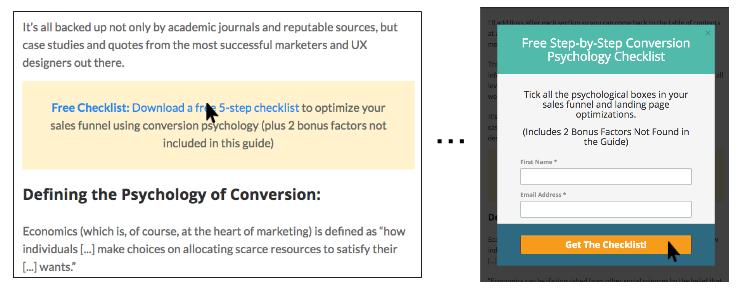
6. Link building
Link building improves SEO by showing search engines that your content is relevant.
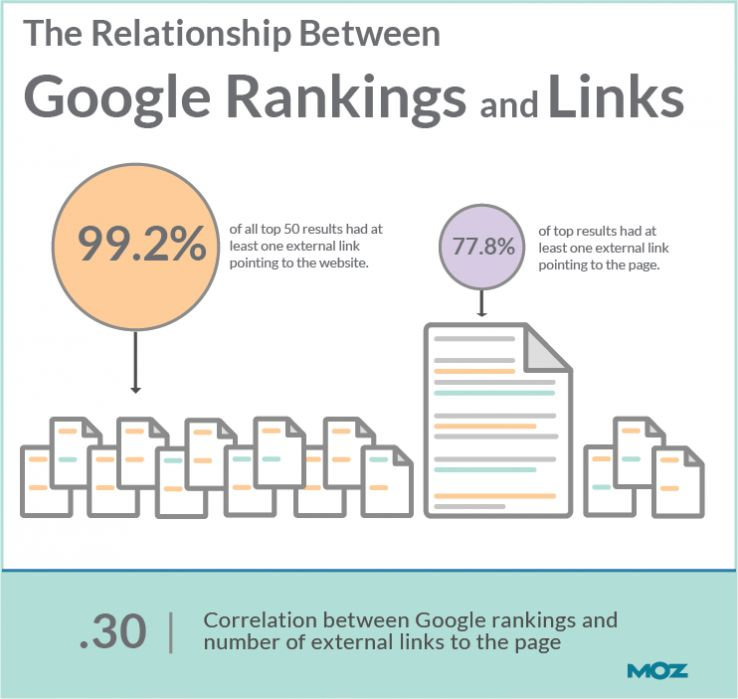
You can have other websites link to your pages and link out to other sites.
Inbound links
When you have external pages linking to a page on your website, you’re building inbound links.
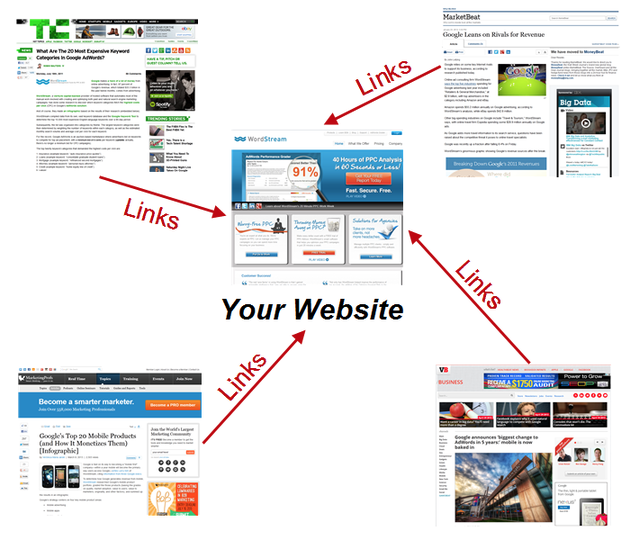
Keep in mind that not all inbound links are created equal.
The quality of inbound links will affect your SEO ranking.
High-quality inbound links come from sites that have high authority, good SEO ranking, optimized pages, and relevant anchor text.
Don’t be tempted to take a shortcut by putting a lot of links on low-quality sites. You won’t get the high-quality traffic you want, and you’ll risk getting penalized by Google.
Link building does take some elbow grease, but it can be a very effective way to get in front of the right audience and get more SEO juice.
Here are some ways to build quality inbound links:
- Submit articles or co-author content on authority sites.
- Ask influencers to write a review of your products and link to the product pages.
- Reach out to authority sites using this “broken link building” technique.
- Email influencers and ask them to share your content on social media.
- Look for press opportunities using services such as HARO (Help a Reporter Out).
- Avoid using the same anchor link or linking to the same page all the time.
Outbound links
Links that go out to external websites have positive effects on SEO by giving Google contextual signals to determine the relevancy of your pages.
They make your content more relevant by linking to helpful resources so your readers can get in-depth and useful information.
If you link to sites related to the topic of your content and the nature of your products, then these outbound links are helpful for SEO.
When you link to authority sites, you can let the site owners know. They’re likely to share your content with their followers and drive more traffic to your site.
Not to mention, it will help you cultivate relationships that could lead to opportunities for guest posting or featuring your products or content on these sites.
Just keep in mind that more is not necessarily better when it comes to outbound links. Too many can be distracting and increase the chances that readers will “wander” off your site.
7. Google shopping
When you type in a product name on Google search, you’ll see a series of images at the top of your search result — above the other paid ads.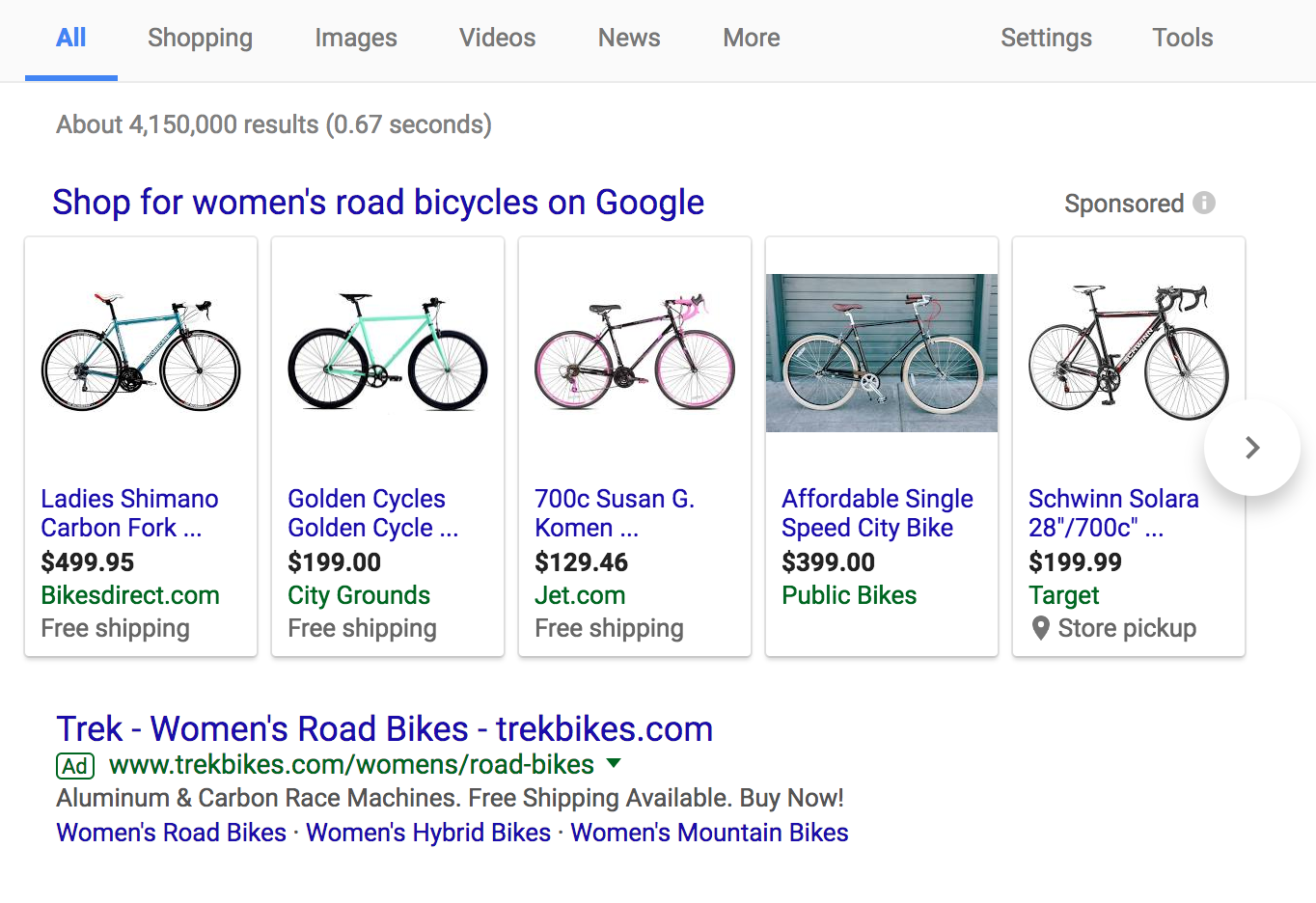
Listing your product directly with Google Shopping is the fastest way to get in front of potential customers who are already looking for the products that you sell.
To list your products on Google Shopping, you need a free merchant account on the Google Merchant Center:
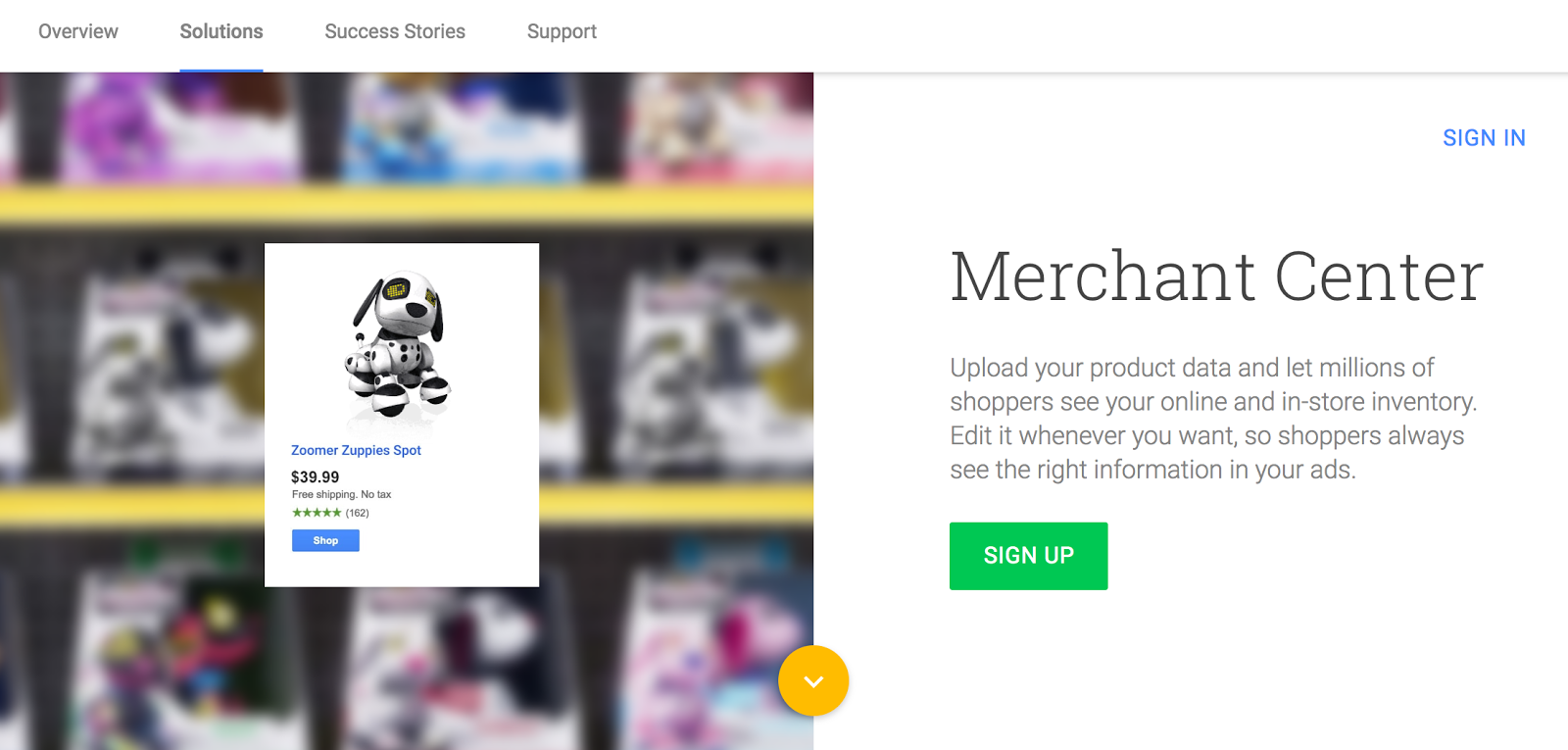
From there, you can upload product data and put your website in front of millions of shoppers.
In addition, you can take advantage of Google’s location-based technology to drive online shoppers to your brick-and-mortar store with features like “in-stock” availability checking.
When you upload your product data, make sure to use high-quality images and follow Google’s image guidelines.

You also want to optimize your product data feed by uploading as much information about your products as possible.
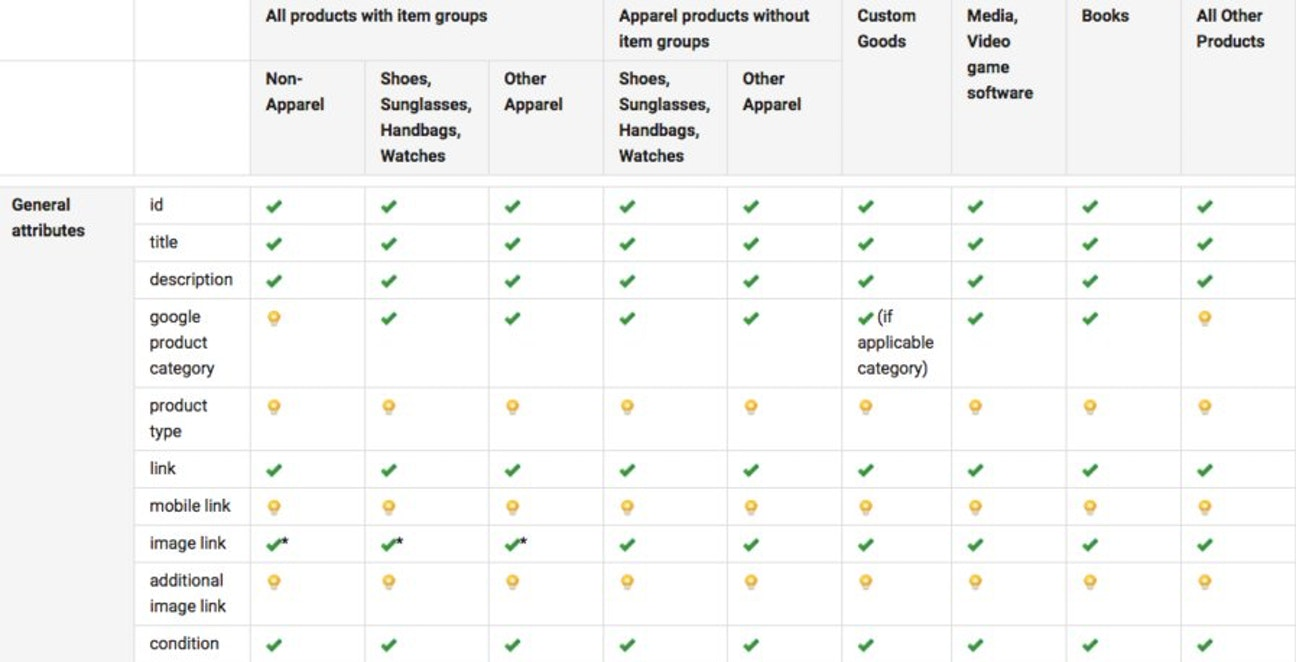
Make sure the items listed are available for sale on your site when you publish the listing.
To automate the process, you can set up a data feed to ensure that your listing is always up-to-date.
Conclusion
As search engines evolve, SEO ranking is increasingly based on good usability.
To optimize your search ranking and drive organic traffic, design your website and create content for your ideal customers.
Optimizing your online store for organic traffic is an ongoing effort. You have to constantly respond to changes in the market landscape and search-engine algorithms.
Make it a habit to validate your keywords periodically and keep a close eye on your metrics to fine-tune your SEO strategies.
What’s your most effective strategy for attracting organic traffic to your e-commerce website?
The post Top 7 Strategies to Optimize Your Online Store for Organic Search appeared first on Neil Patel.




Comments
Post a Comment